Avian Life at Lumberton
Photos and text by Robert Koch
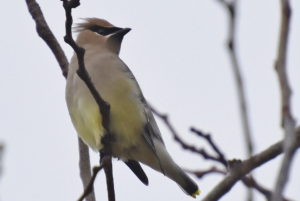
June 8, 2019 – Waxwings
There are two species of Waxwings in North America. The most widely dispersed, and the one we are most apt to see, is the Cedar Waxwing. Its close relative, the Bohemian Waxwing, is almost exclusively a western bird that winters in the Rocky Mountain states and breeds in northern Canada and Alaska. Both birds are extremely gregarious, and often occur in flocks. They are also, like the Snowy Owl, irruptive birds. That is, their abundance can vary greatly from year to year depending on the adequacy of their food supply. They may be very common one year and very scarce the next.

May 25, 2019 – Common Birds
There are quite a few common birds we can expect to encounter on our campus, but four are almost guaranteed to be seen on a regular basis: American Robin, Northern Cardinal, Blue Jay and Mourning Dove. They are all year round residents, come to feeders during the winter, have distinctive vocalizations and have easily identifiable visible characteristics.
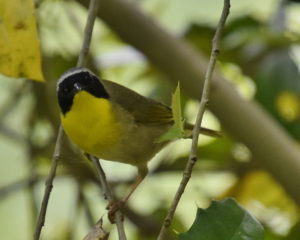
May 18, 2019 – Warblers
Probably no time of the year is more anticipated by birders than Spring, when many birds return to their more northerly territories to breed. Among the migrants no group commands the attention of the birder like the warblers. These remarkable little birds reach our area mostly from Central and South America, although a few winter in the southern US. Some of the migrants are just passing through and will breed further north of our area and west of us in the higher elevation of the Appalachian Mountains; and a few will breed locally.
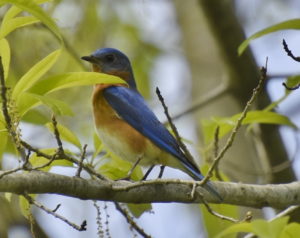
May 11, 2019 – Meadow Birds
If you have walked along the paths traversing the Lumberton meadow you have probably seen a number of nesting boxes which are erected to attract cavity nesting birds like the Eastern Bluebird. Bluebirds evoke a nostalgic vision of a rural past of farm fields and open grassy areas. Bluebirds like this open country with a few scattered trees, where they can perch and keep an eye on their nests.
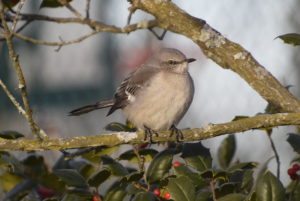
May 4, 2019 – Mimics
Three birds in our area are known for their ability to mimic the vocalizations (songs and calls) of other birds and even mechanical sounds. The members of this group are the Northern Mockingbird, Gray Catbird and Brown Thrasher. They are roughly Robin sized birds but slimmer in appearance and with longer tails. They are very common near human habitation and like low tangles, underbrush, and shrubs, with access to open areas like suburban lawns. They are master songsters and at times will sing incessantly, repeating a series of phrases and rhythms.
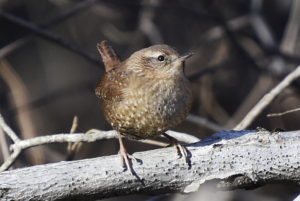
April 27, 2019 – Wrens
In the world of boxing there is the mythical title of “pound for pound,” given to the best fighter in the world, regardless of weight class. Wrens fit this description, vocally.
